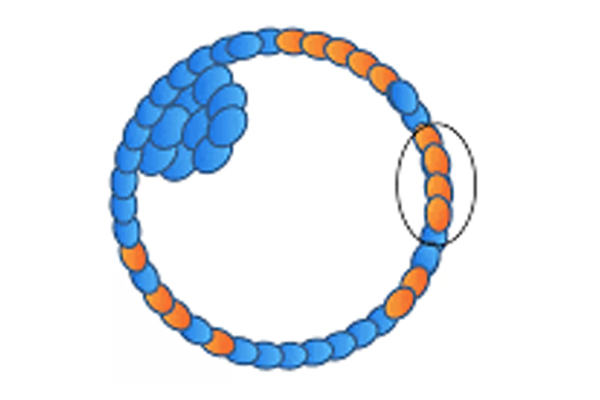
The trophectoderm biopsy has been growing in popularity as a different method to embryo biopsy. Because trophectoderm cells are not embryonic tissue, they don't form part of the fetus. However, they are an integral part of the supporting structures, including the placenta and membranes. The procedure of removing the trophectoderm occurs during the 16-32 cells ``blastocyst" phase of the development process, where the trophectoderm begins to grow through the zona pellucida. Instead of removing individual blastomeres, the trophectoderm is removed in several steps.
Read More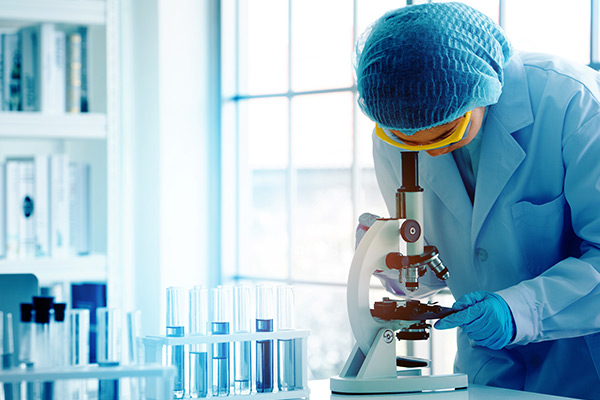
Preimplantation Genetic diagnosis (PGD) is an IVF procedure that is designed to test your embryos for abnormalities in chromosomes.
Read More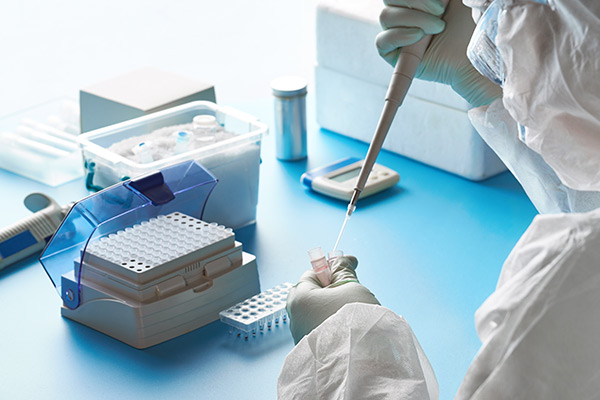
Preimplantation Genetic Screening, or PGS, is a state of the art diagnostic procedure that is done at an early stage in embryo development during IVF/IVF-ICSI cycles to screen for chromosomal abnormalities. This allows you to transfer embryos that are at low risk of developing chromosomal abnormalities. It also helps increase the pregnancy rate and lower miscarriage risk in certain circumstances.
Read More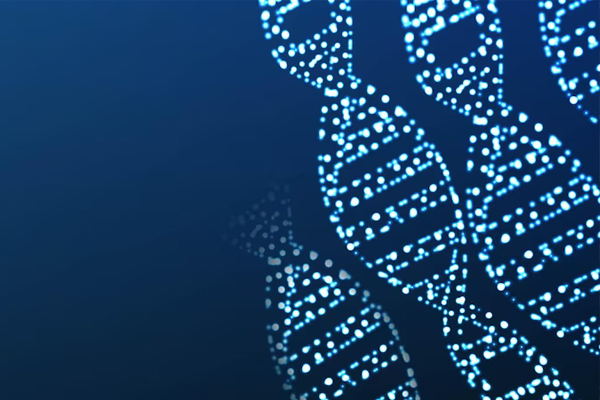
DFI checks for broken DNA in sperm. High DFI can impact fertility & increase miscarriage risk. Causes include varicocele, smoking, toxins. Treatments focus on lifestyle changes & sometimes medications/ART.
Read More
ERA test: Timing is everything in IVF. Analyzes the uterus lining to find the ideal moment for embryo transfer, potentially boosting pregnancy chances in specific cases.
Read More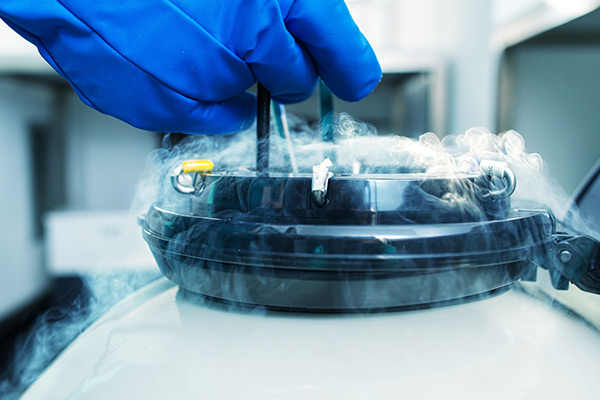
Human Oocyte cryopreservation (egg freezing) is a method to preserve the eggs of a woman (oocytes). The eggs are removed from the oocytes, frozen, and stored. The idea behind this procedure is that at some point, the female can opt to have her eggs thawed, fertilised, and then transferred to the uterus in embryos to aid in the process of becoming pregnant.
Read More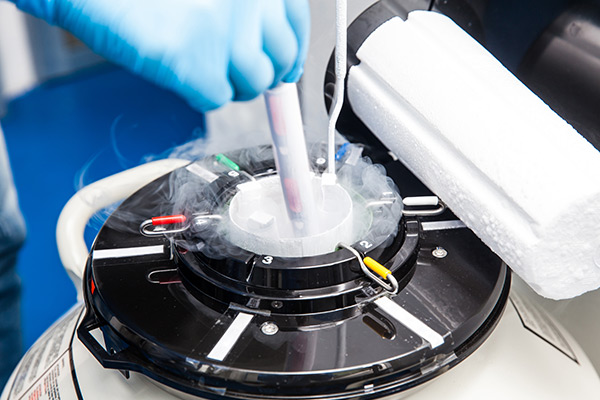
Sperm freezing, also called cryopreservation, is like putting your sperm on ice for later use. It involves collecting, treating, and freezing healthy sperm to preserve them for future fertility treatments like
Read More
The freezing of any excess high-quality embryos following IVF permits an embryo transfer with fewer eggs during the stimulation phase of the IVF cycle. Consequently, it will result in less high-order (triplets or even more) births. This method offers patients the option of having a "backup" if the first fresh embryo transfer does not result in pregnancy, with a cost much less than beginning IVF the same way and usually with very little medication. The frozen embryo transfer has allowed several clients to get multiple pregnancies in just one cycle of stimulation of the ovaries. The embryos can be frozen at any stage of development in the IVF process.
Read More
Sperm, testicular tissues, and Ovarian tissue are frozen in vials. The vials are stored in liquid nitrogen at -196°C in the cryocan. The frozen samples that have been properly frozen can be stored for several years and later used for treatment.
Read More